UHF RFID Scanner: The Ultimate Guide for Industrial and Commercial Use (2025)
In an era where efficiency and accuracy are paramount, UHF RFID scanners have emerged as game-changing tools across industries. These powerful devices enable businesses to track assets, manage inventory, and streamline operations with unprecedented speed and precision. But with so many options available, how do you choose the right UHF RFID scanner for your needs?
This comprehensive guide will explore:
✅ What makes UHF RFID scanners unique
✅ Key features to look for in a professional-grade scanner
✅ Top applications across industries
✅ Comparison of leading UHF RFID scanners
✅ Why the Leeshion LS-R501 stands out in its class
Whether you're in logistics, retail, manufacturing, or healthcare, understanding UHF RFID technology could revolutionize your operations.
1. Understanding UHF RFID Technology
What is a UHF RFID Scanner?
A UHF (Ultra-High Frequency) RFID scanner is a device that operates in the 860-960 MHz frequency range to read and write data to RFID tags without physical contact or line-of-sight. Unlike barcode scanners or HF RFID systems, UHF offers:
-
Longer read ranges (up to 15 meters in ideal conditions)
-
Bulk reading capability (100+ tags per second)
-
Superior penetration through non-metallic materials
How UHF RFID Differs from Other RFID Frequencies
| Frequency | Range | Common Uses | Pros/Cons |
|---|---|---|---|
| LF (125-134 kHz) | <10 cm | Animal tracking, access control | + Works near metal/liquid - Very slow |
| HF (13.56 MHz) | <1 m | Payment systems, library books | + Secure - Short range |
| UHF (860-960 MHz) | 1-15 m | Inventory, logistics, retail | + Fast bulk reads - Metal/water interference |
2. Key Features of Professional UHF RFID Scanners
① Read Performance
-
Read range: 1-15 meters (adjustable based on environment)
-
Multi-tag reading: 100-300 tags/second
-
Anti-collision algorithms for accurate bulk scanning
② Ruggedness & Durability
-
IP65/IP67 rating for dust/water resistance
-
MIL-STD-810G compliance for shock/vibration resistance
-
Operating temperature range: -20°C to 60°C
③ Connectivity & Integration
-
Bluetooth 5.0, Wi-Fi 6, 4G LTE options
-
USB-C & RS232 interfaces
-
SDK support for custom software integration
④ Power Management
-
Hot-swappable batteries (5000mAh+ for all-day use)
-
Power-saving modes for extended operation
⑤ Software Compatibility
-
Android/Windows OS options
-
Cloud sync capabilities
-
ERP/WMS integration (SAP, Oracle, etc.)
3. Top Applications of UHF RFID Scanners
🛒 Retail & Apparel
-
Smart inventory management
-
Anti-theft systems
-
Self-checkout solutions
🏭 Manufacturing & Warehousing
-
Work-in-progress tracking
-
Tool and equipment management
-
Automated receiving/shipping
🚚 Logistics & Supply Chain
-
Pallet/container tracking
-
Yard management
-
Cross-docking operations
🏥 Healthcare
-
Medical equipment tracking
-
Pharmaceutical authentication
-
Patient flow management
🏗️ Construction & Oil/Gas
-
Asset tracking in harsh environments
-
Safety equipment monitoring
-
Maintenance history tracking
4. Comparing Top UHF RFID Scanners (2024 Models)
| Model | Read Range | OS | Durability | Special Features | Best For |
|---|---|---|---|---|---|
| Zebra RFD8500 | 10m | Android | IP54 | Bluetooth sled for smartphones | Retail, field service |
| Impinj R700 | 15m | N/A (reader module) | Industrial | High-density tag reading | Logistics centers |
| Alien ALH-9011 | 12m | Windows | IP65 | Vehicle-mounted option | Yard management |
| Leeshion LS-R501 | 8-10m | Android | IP67 | Military-grade ruggedness | Harsh industrial environments |
5. How to Choose the Right UHF RFID Scanner
Step 1: Assess Your Environment
-
Indoor vs. outdoor use
-
Presence of metal/water interference
-
Required read distance
Step 2: Determine Your Scanning Needs
-
Daily tag volume (hundreds vs. thousands)
-
Tag types (passive, active, or battery-assisted)
-
Integration requirements
Step 3: Evaluate Total Cost of Ownership
-
Initial hardware cost
-
Tag costs
-
Software integration expenses
-
Maintenance requirements
Step 4: Test Before Committing
-
Request product demos
-
Conduct pilot programs
-
Evaluate vendor support
6. Why the Leeshion LS-R501 Excels in Industrial Applications
The Leeshion LS-R501 UHF RFID scanner stands out as an exceptional choice for demanding industrial environments due to:
✔ Military-grade durability (IP67 rated, 2m drop resistance)
✔ Impressive 8-10m read range in challenging conditions
✔ Android 11 OS with flexible app development
✔ 5000mAh hot-swappable battery for continuous operation
✔ Cost-effective compared to premium brands
Ideal for:
-
Heavy manufacturing facilities
-
Outdoor logistics yards
-
Oil/gas field operations
-
Construction site management
👉 Discover more about the Leeshion LS-R501
Conclusion: Finding Your Perfect UHF RFID Scanner
Selecting the right UHF RFID scanner requires careful consideration of your operational needs, environment, and budget. While premium options like Zebra and Impinj offer advanced features, the Leeshion LS-R501 provides outstanding value with its rugged design and reliable performance - particularly suited for tough industrial applications.
Ready to implement UHF RFID technology? Contact our experts for a personalized consultation and discover how the LS-R501 can transform your operations.
🔗 Further Reading:
Want to test the Leeshion LS-R501 in your facility? Request a free demo today!
No comments
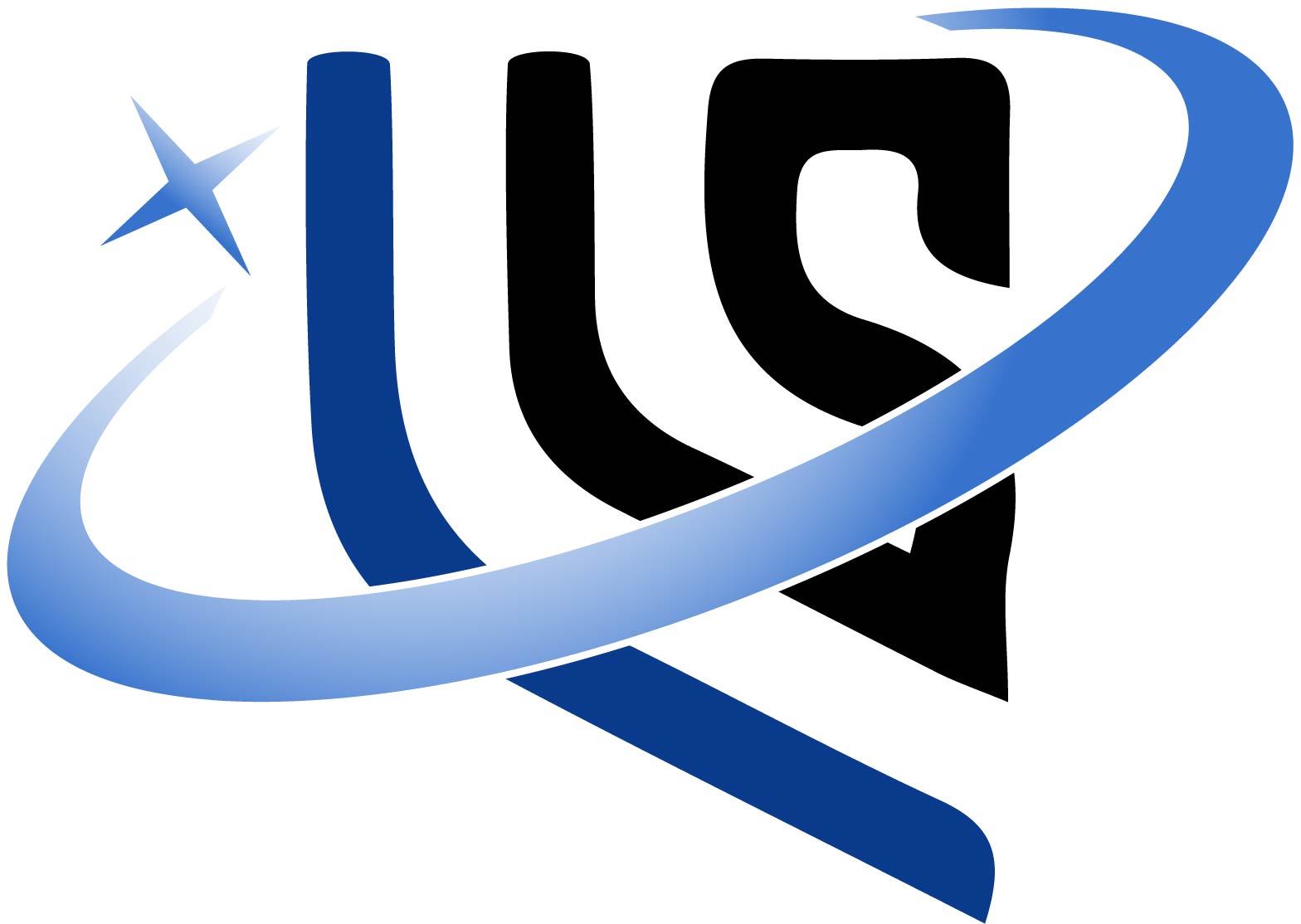





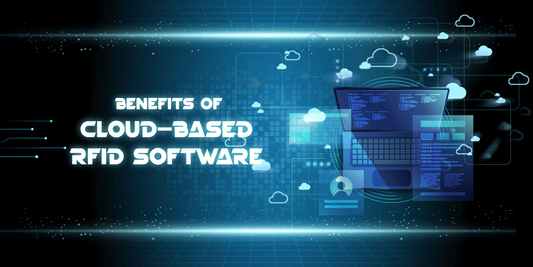
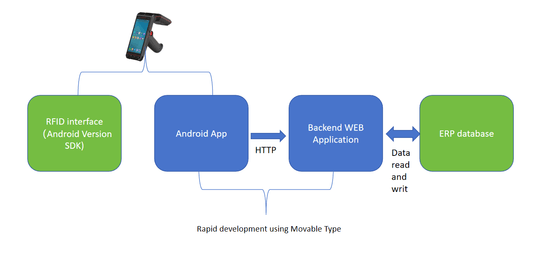
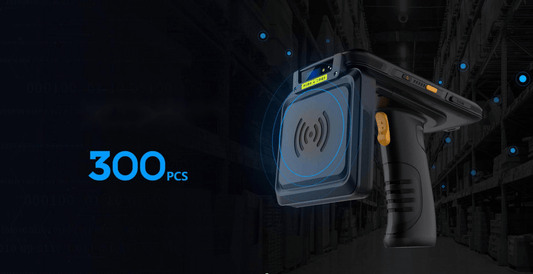
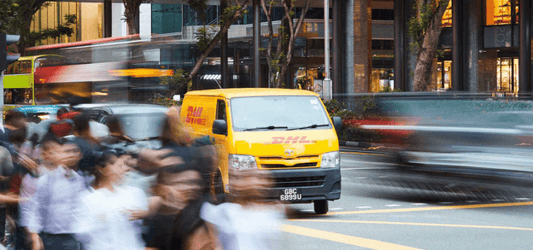

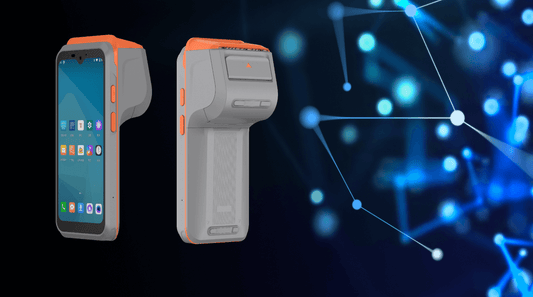
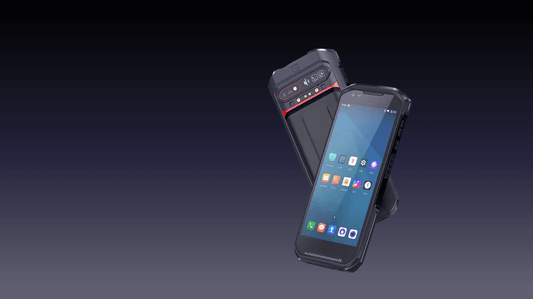
0 comments